In what Palestinian officials and international observers are calling a deliberate policy of engineered starvation and systematic targeting, Israeli forces killed at least 50 more Palestinians on Saturday, most of them as they waited for food at distribution points across the Gaza Strip. Among the dead: the emaciated, the displaced, the desperate, human beings killed while trying to survive a siege designed to make that impossible.
According to the Gaza Government Media Office, 32 were killed in western Rafah alone at a food aid point jointly operated by the US- and Israeli-backed Gaza Humanitarian Foundation (GHF). The foundation, set up in late May outside the framework of the United Nations and major NGOs, has become synonymous with deadly ambushes for Gazans seeking aid. Rights monitors now describe these sites as “execution zones masquerading as relief centres.”
“These aren’t aid centres. They’re death traps,” said Mahmoud Basal, spokesperson for Gaza Civil Defence. “People are herded into kill zones under the illusion of help. Then they are shelled, shot, or bombed.”
Basal, speaking to Al-Mayadeen, confirmed even civil defence workers are “surviving on water alone” after two days without food. “If this isn’t a war on survival itself, then what is?”
A Policy Of Starvation, Not A Crisis:
The numbers paint a grim picture, but they fail to capture the deliberate architecture behind the suffering.
- 877 Palestinians have been killed at or near food distribution points, according to the UN Office of the High Commissioner for Human Rights (OHCHR).
- 620 people, including 69 children, have died from starvation or lack of medicine, according to Gaza’s Health Ministry.
- Over 76,000 humanitarian and fuel trucks have been denied entry into Gaza since March 2, the date the near-total blockade began.
“What we are witnessing is not the byproduct of war, it’s a coordinated campaign to starve a population into submission,” said Omar Shakir, Israel-Palestine Director at Human Rights Watch. “This violates every principle of international humanitarian law.”
Speaking to Middle East Eye, Shakir added, “Targeting people as they seek food is not a ‘tragic error.’ It is a war crime.”
Aid Under Fire: UN And Humanitarian Agencies Silenced And Sidelined.
The World Food Programme (WFP) warned this week that one in three Gazans is now going days without any food, and the majority of the population has “no access to safe, consistent humanitarian supplies.”
But rather than facilitate established aid channels, Israel, with backing from the United States, has pushed the Gaza Humanitarian Foundation as an alternative. This private initiative bypasses UN coordination, drawing accusations of political manipulation and military exploitation.
“We’ve recorded that 674 of the 877 killed seeking food were gunned down at or near GHF hubs,” said Thameen Al-Kheetan, OHCHR spokesperson, in a press briefing from Geneva. “Another 201 were killed on roads near aid convoys, many UN-led.”
GHF aid zones are now feared more than they are welcomed.
A Gaza City survivor, identified only as Abu Qasem for safety, told Al Jazeera:
“We saw the flares. We thought it meant the area was secure. Then came the gunfire. They shoot us for being hungry. That’s our crime.”
“Children Are Dying Before Our Eyes”
On Saturday, Shehab Agency released a video of a toddler in Gaza too weak to cry, his ribs protruding from skin thinned by starvation. The footage has gone viral, prompting international outrage but no action.
“Our teams have spoken to survivors, including children who were shot at while walking to collect food,” said Juliette Touma, Director of Communications at UNRWA, speaking via video from Amman. “These babies aren’t dying from famine, they are being killed by policies of starvation.”
UNRWA has 6,000 aid trucks stalled just hours from Gaza’s borders. “They’re filled with medicine, food, even soap,” Touma added. “Every day these trucks wait, children die.”
No Hospitals, No Hope:
Hospitals in Gaza are reporting a surge in starvation-related admissions.
“They’re not coming in for injuries anymore,” said Dr. Imad Abu Zayd, director of a medical facility in Khan Younis. “They come because they’ve collapsed from hunger. Some arrive already dead.”
According to the Health Ministry, 12,500 cancer patients are being denied treatment, while 60,000 pregnant women are without prenatal care, food, or basic medicine.
“This is a genocidal blockade,” said Raji Sourani, Director of the Palestinian Centre for Human Rights (PCHR). “It’s collective punishment with intent.”
Targeted Starvation In Rafah And Beyond:
The latest bombing in Rafah is not isolated. On Monday, Israeli forces shelled aid seekers at another GHF site in Rafah’s As Shakoush district, killing two and wounding nine, according to OHCHR. On Saturday, seven more were killed near Al-Tabin School in Gaza City, and two others were killed in Jabalia.
“This is targeted starvation and calculated elimination,” said Dr. Sara Roy, a Harvard scholar of Gaza’s political economy. “Gaza has been transformed into a humanitarian graveyard, with aid weaponised against those it’s meant to save.”
A Broader Agenda: “Ethnic Cleansing By Siege.”
In the occupied West Bank, the OPT, Israel’s military campaign, “Operation Iron Wall”, has forcibly displaced over 30,000 Palestinians since early 2025. UN officials say this is the largest mass displacement since the Naksa in 1967.
“We are seeing a surge in home demolitions, settler terror, and movement restrictions,” said UNRWA’s Juliette Touma. “This is a silent war, but it’s no less brutal.”
The OHCHR highlighted cases like Laila Khatib, a two-year-old shot in the head inside her home, and Walid Badir, a 61-year-old killed while returning from prayer. Both were killed by Israeli security forces, according to the UN.
“Bringing about demographic change in an occupied territory is a war crime,” said OHCHR’s Al-Kheetan. “It’s not just a policy. It’s ethnic cleansing.”
Global Complicity: Silence, Green Lights, And Drones.
Palestinian authorities have not only blamed Israel but also the complicity of the United States, Germany, and France, whom they accuse of arming, funding, and shielding Israeli actions diplomatically.
“We are dying, not just from missiles, but from silence,” said Rawan al-Shaer, a Gaza journalist whose home was flattened in April. “The same countries that claim to defend human rights are helping Israel bury us alive.”
Israeli outlets such as Haaretz and +972 Magazine have reported growing concerns among Israeli civil society about the use of drones to surveil aid lines, later followed by airstrikes or sniper fire. Despite this, the Biden administration continues to greenlight military aid.
The Verdict of History
The mounting death toll in Gaza is no longer incidental; it is infrastructural, bureaucratically managed and militarily enforced. Starvation has become a method of warfare. And food has become bait in an extermination campaign.
“History will record that children in Gaza starved under the full gaze of the global community,” said Basal. “The question is: will history also record that no one stopped it?”
Key Statistics (As of July 19, 2025):
- 877 Palestinians killed at or near food aid sites
- 620 deaths from starvation or medicine shortages
- 69 children confirmed dead from hunger
- 76,450 aid and fuel trucks blocked at crossings
- 121 attacks on humanitarian convoys
- 57 food distribution centres bombed
- 42 food banks destroyed
- 12,500 cancer patients cut off from care
- 60,000 pregnant women at risk without nutrition or medicine
Related Investigations:
- “Ghost Aid: How GHF Became Gaza’s Most Lethal Delivery System”
- “Starve and Expel: The Blueprint for Gaza’s Ethnic Removal”
- “Killing to Feed: The Militarisation of Humanitarian Corridors in Gaza”
Conclusion: Starvation As Strategy, Silence As Complicity.
What is unfolding in Gaza is not a natural disaster or collateral damage; it is a premeditated war on survival, engineered to break a people not just physically, but psychologically, demographically, and politically. The images of emaciated children, bombed breadlines, and aid trucks turned into targets are not tragic errors; they are calculated outcomes of state policy, designed, implemented, and enforced with full knowledge and intent.
This is not a humanitarian crisis in the conventional sense. It is the weaponisation of humanitarian need, a siege economy built on deprivation, displacement, and death. Israel’s actions in Gaza, from the total blockade on food and fuel to the systematic shelling of civilians at aid sites, represent a modern doctrine of siege warfare: starve the population, then kill those who try to eat.
The so-called Gaza Humanitarian Foundation (GHF), jointly backed by the United States and Israel, has turned aid delivery into a deadly trap. Pitched as an alternative to the UN’s “slow” relief operations, GHF sites have instead become death-marking mechanisms, drawing starving Palestinians into “distribution zones” that are then strafed or bombed. The bypassing of UN agencies and respected NGOs is not just political, it is lethal. As one UN official told reporters, “We’re watching aid become bait.”
But this is not Israel’s campaign alone. It is actively enabled by a coalition of complicity. The United States bankrolls and arms the occupation while vetoing international efforts to halt the assault. Germany and France, behind a façade of human rights rhetoric, continue to provide weapons, surveillance tools, and diplomatic cover. Their silence is not neutral; it is a signal. It tells Israel that the siege is not only permitted but protected.
Equally damning is the betrayal by Arab and Muslim regimes, who posture as defenders of Palestine while reinforcing the very siege killing its people. Egypt has kept the Rafah crossing sealed, even as thousands of aid trucks languish in Sinai and children die just kilometres away. Jordan, Saudi Arabia, the UAE, and others issue statements to placate their publics but refuse to open ports, airspace, or logistics corridors. Some have even normalised relations with Israel, doing business with a regime while it bombs displaced families in tents.
“The Arab regimes have become spectators to our slaughter,” said Yousef al-Masri, a Palestinian activist in Deir al-Balah. “Some say prayers for us while signing arms deals with those killing us.”
“Gaza is being executed in slow motion,” noted Alaa Tartir, political analyst at the Arab Reform Initiative. “And many Muslim-majority states are not just absent, they are enabling this destruction through silence, diplomacy, and oil-soaked pragmatism.”
Not a single Muslim-majority country has enacted an oil embargo, diplomatic rupture, or coordinated pressure campaign. The Organisation of Islamic Cooperation (OIC) has issued statement after statement, yet has done nothing. Even so-called patrons of the Palestinian cause, Turkey, Qatar, and Iran, have failed to force a break in the siege or deliver sustained pressure. Their influence, one analyst said, “is wielded for headlines, not humanitarian lifelines.”
This is not only the starvation of Gaza’s children, it is the starvation of international law, the bankruptcy of moral credibility, and the slow erasure of universal human rights and freedoms. And it is unfolding under floodlights, live-streamed to a world that knows, watches, and does nothing.
“This is not a war,” said one aid worker. “This is a slaughterhouse with borders. And the world has chosen to keep the lights on, not off.”
Unless the siege is broken, not in press releases but through open crossings, unrestricted aid, and binding international accountability, Gaza will remain a mass grave dug with the shovels of global complicity.
History will not only remember the children who starved. It will remember who let them. If global conscience fails to act, it won’t just be Israel on trial for genocide. It will be every government that funded, justified, or turned away. Every Western ally. Every silent Arab and Muslim regime. Every so-called brother who watched Gaza bleed.
Because in Gaza, starvation is not an accident; it is a strategy. And silence, everywhere, is the loudest accomplice.
Advertisements
Tags:
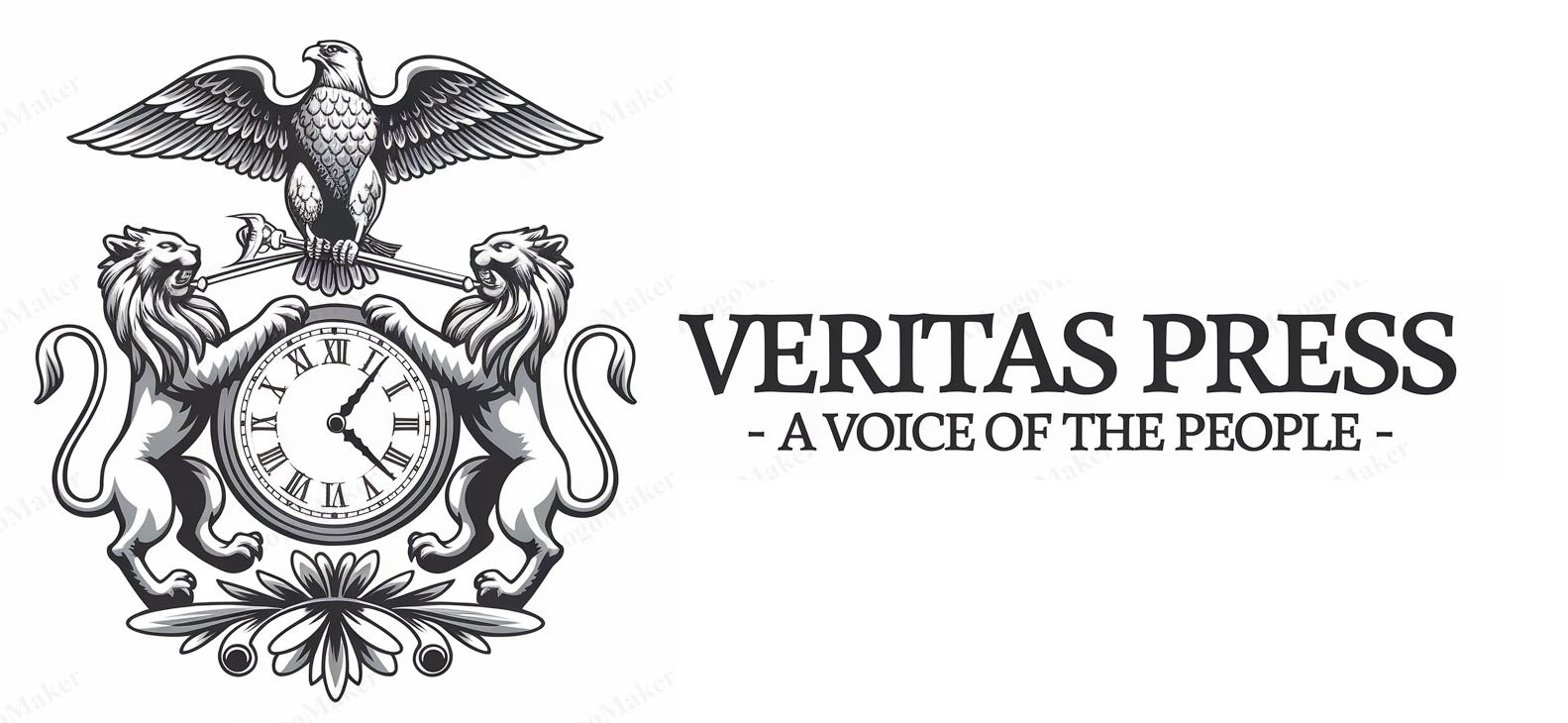

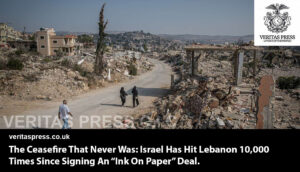




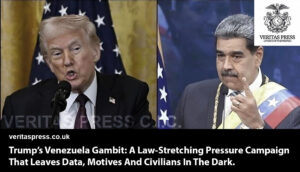
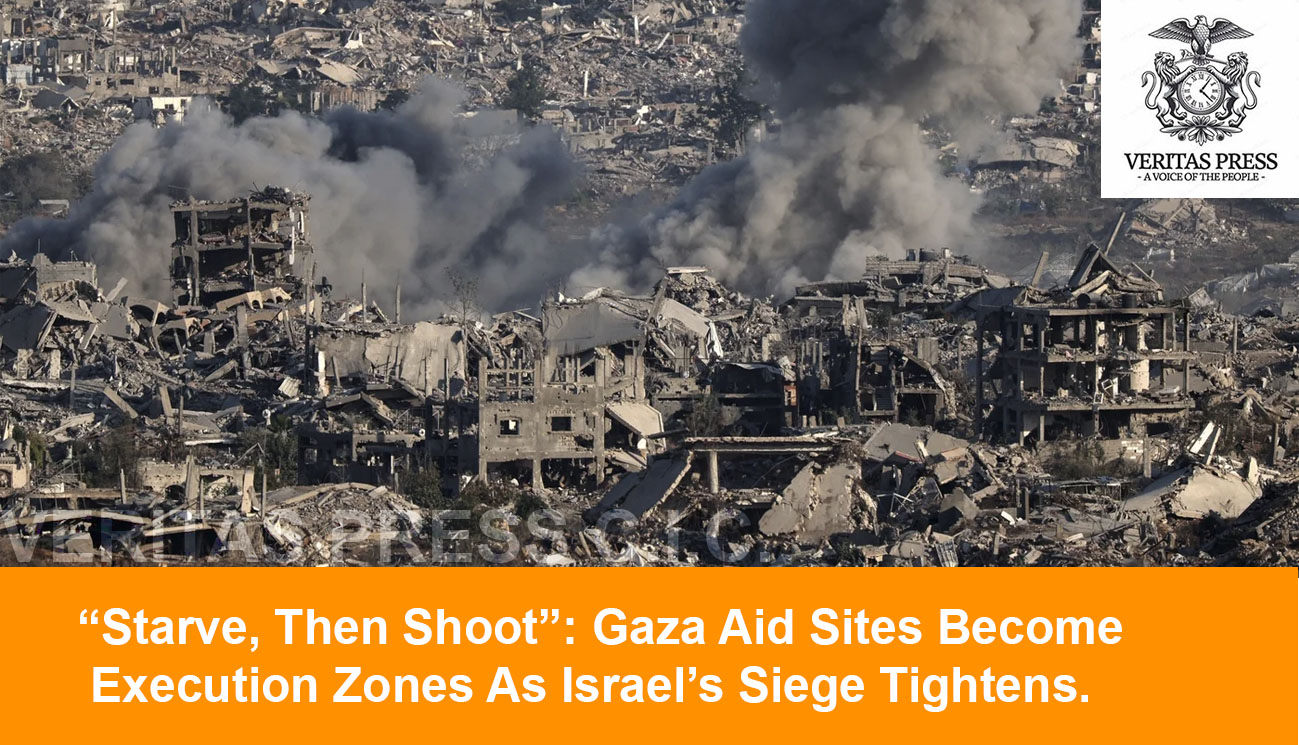

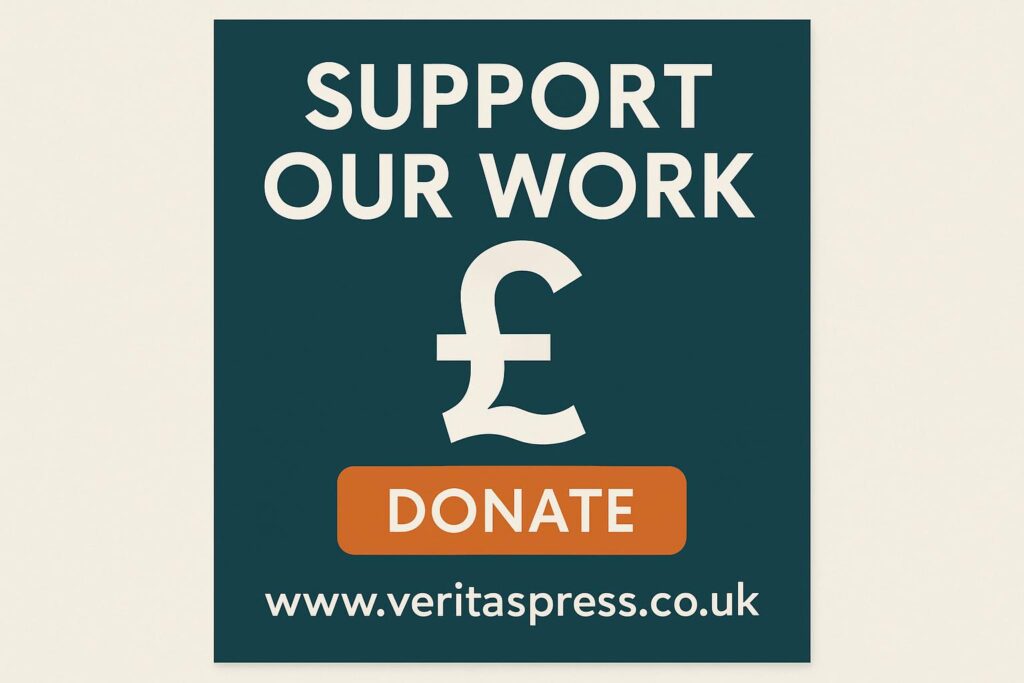
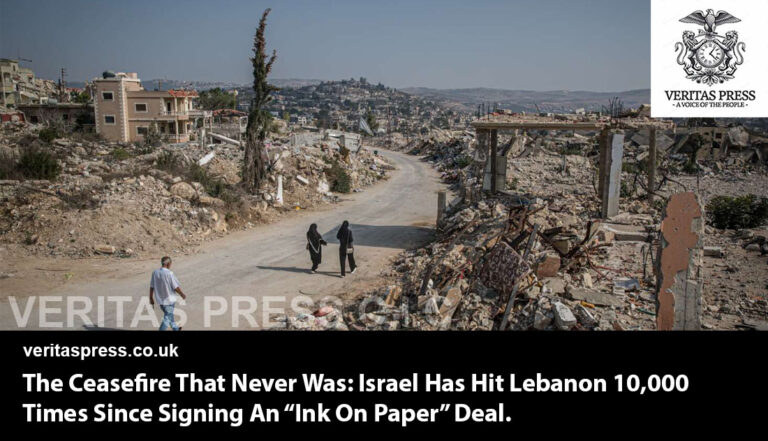
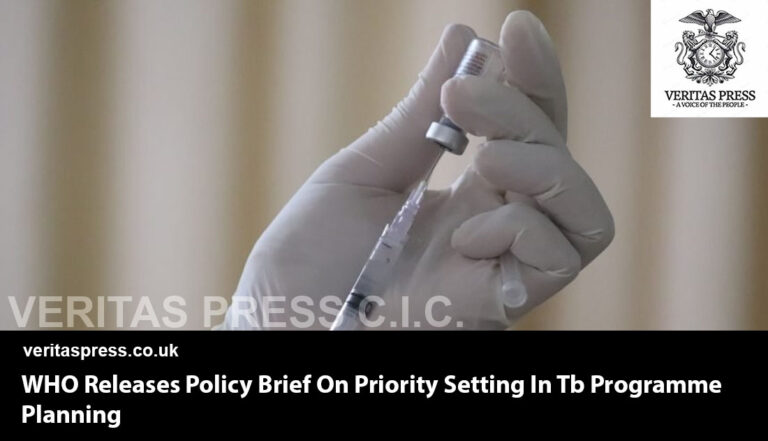

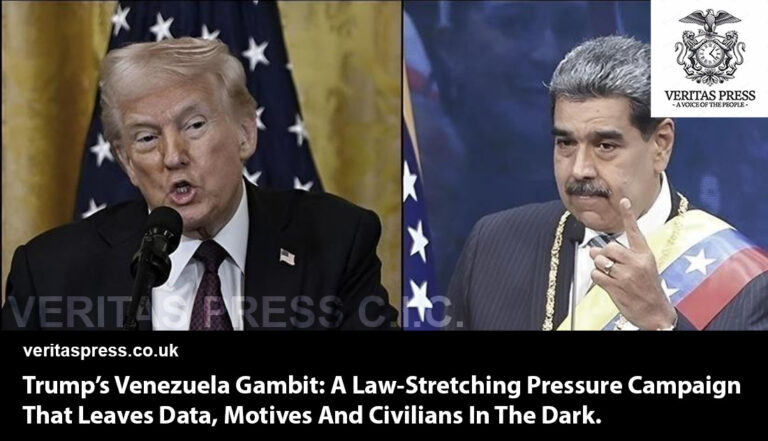


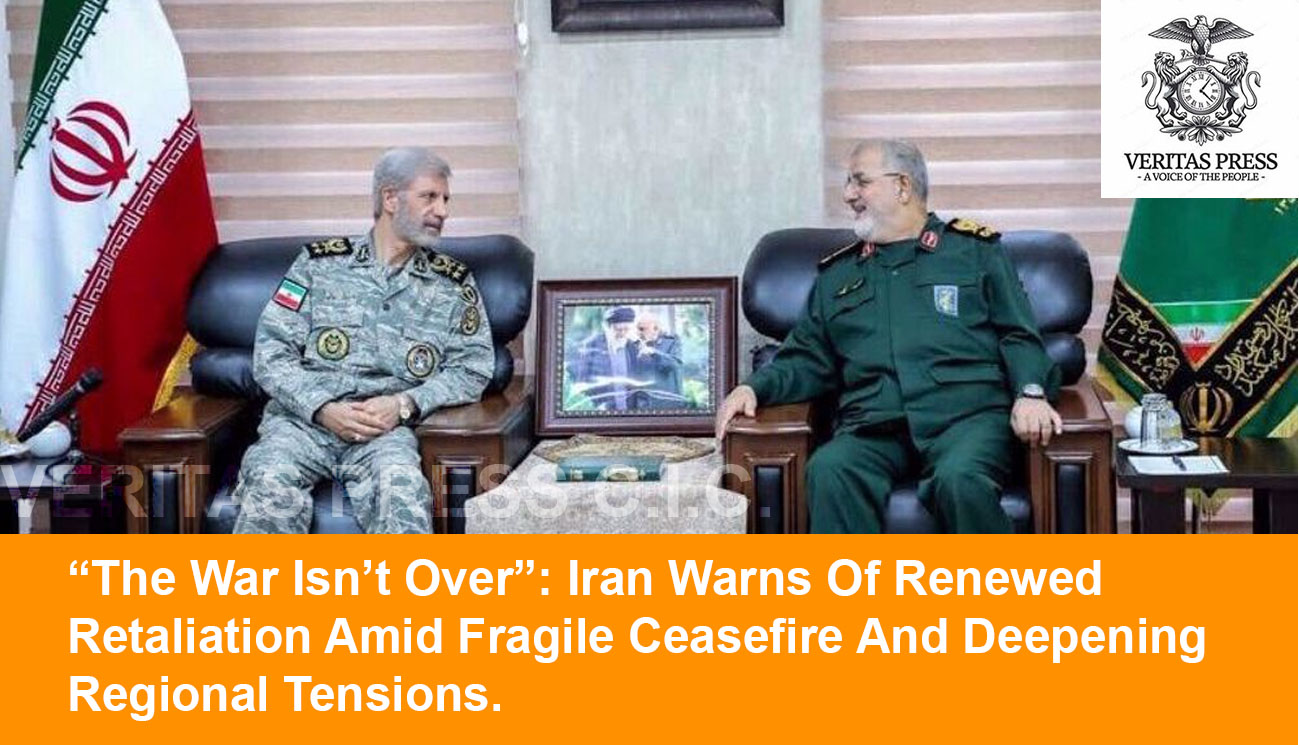
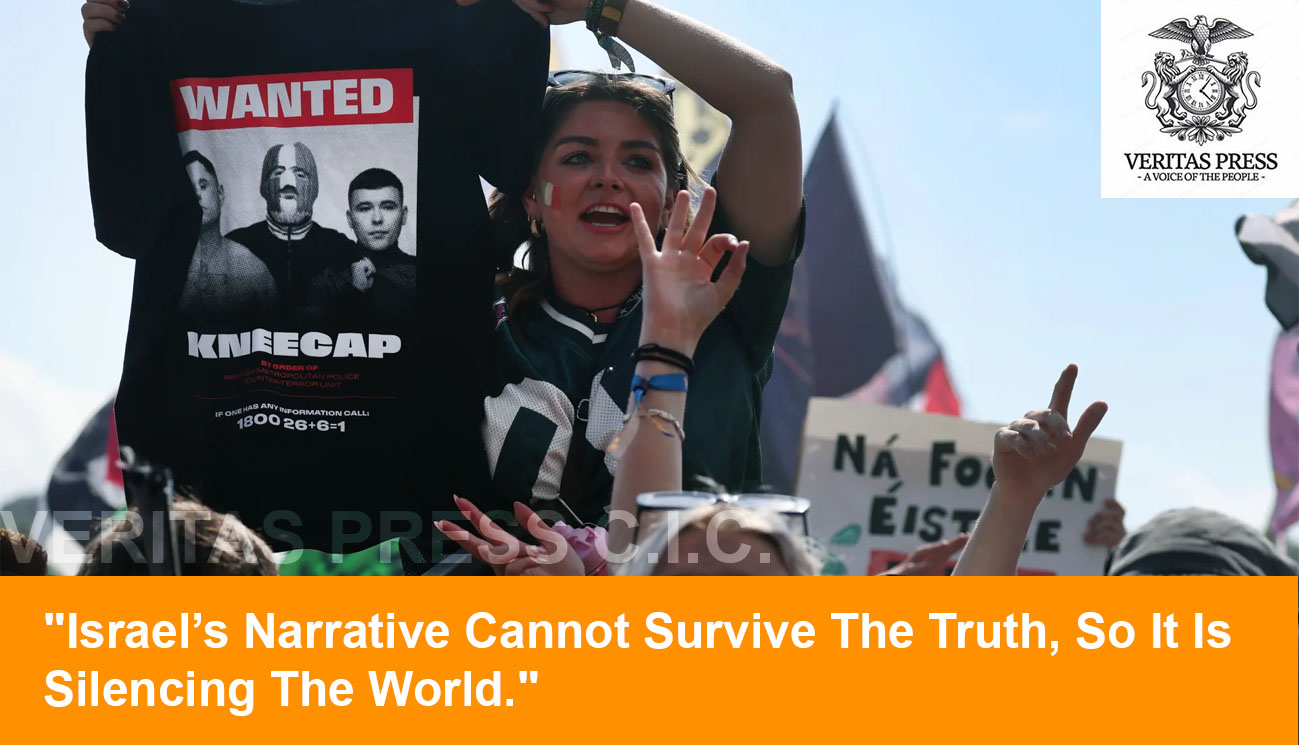
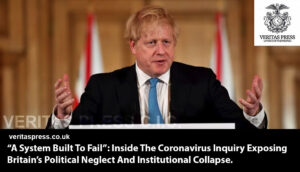


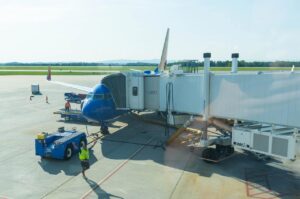

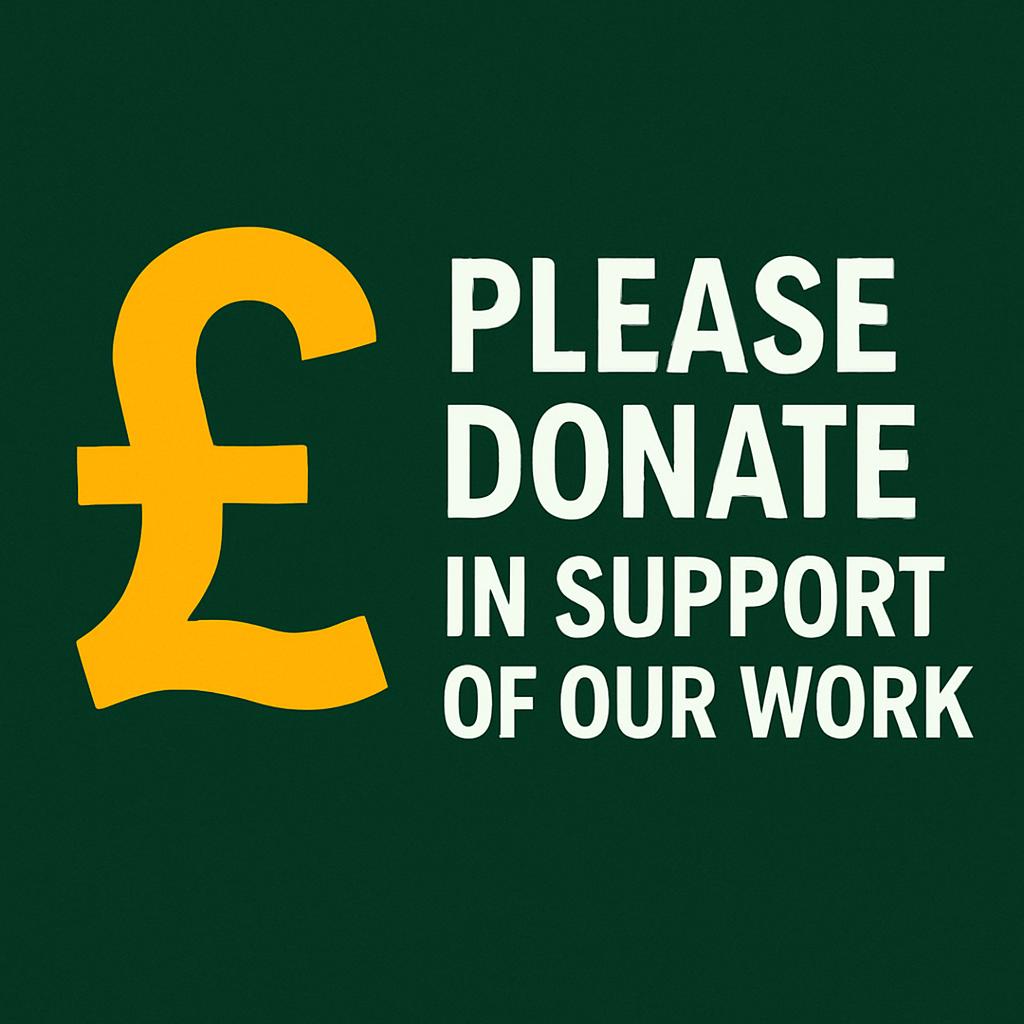




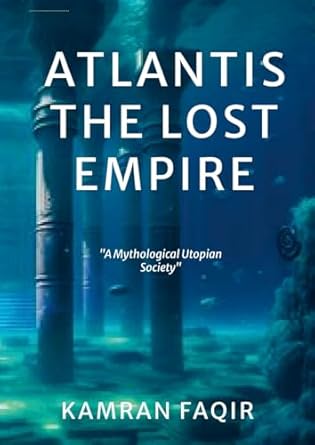
Leave a Reply